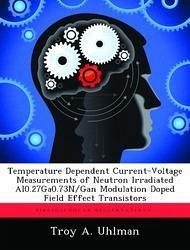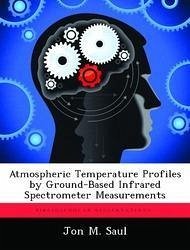
MACS, An Instrument and a Methodology for Simultaneous and Global Measurements of the Coronal Electron Temperature and the Solar Wind Velocity on the
Versandkostenfrei!
Versandfertig in über 4 Wochen
52,99 €
inkl. MwSt.

PAYBACK Punkte
26 °P sammeln!
In Cram's theory for the formation of the K-coronal spectrum he observed the existence of temperature sensitive anti-nodes, which were separated by temperature insensitive nodes, at certain wave-lengths in the K-coronal spectrum. Cram also showed these properties were remarkably independent of altitude above the solar limb. In this thesis Cram's theory has been extended to incorporate the role of the solar wind in the formation of the K-corona, and we have identified both temperature and wind sensitive intensity ratios. The instrument, MACS, for Multi Aperture Coronal Spectrometer, a fiber opt...
In Cram's theory for the formation of the K-coronal spectrum he observed the existence of temperature sensitive anti-nodes, which were separated by temperature insensitive nodes, at certain wave-lengths in the K-coronal spectrum. Cram also showed these properties were remarkably independent of altitude above the solar limb. In this thesis Cram's theory has been extended to incorporate the role of the solar wind in the formation of the K-corona, and we have identified both temperature and wind sensitive intensity ratios. The instrument, MACS, for Multi Aperture Coronal Spectrometer, a fiber optic based spectrograph, was designed for global and simultaneous measurements of the thermal electron temperature and the solar wind velocity in the solar corona. The first ever experiment of this nature was conducted in conjunction with the total solar eclipse of 11 August 1999 in Elazig, Turkey. Here twenty fiber optic tips were positioned in the focal plane of the telescope to observe simultaneously at many different latitudes and two different radial distances in the solar corona. The other ends were vertically stacked and placed at the primary focus of the spectrograph. By isolating the K-coronal spectrum from each fiber the temperature and the wind sensitive intensity ratios were calculated.












